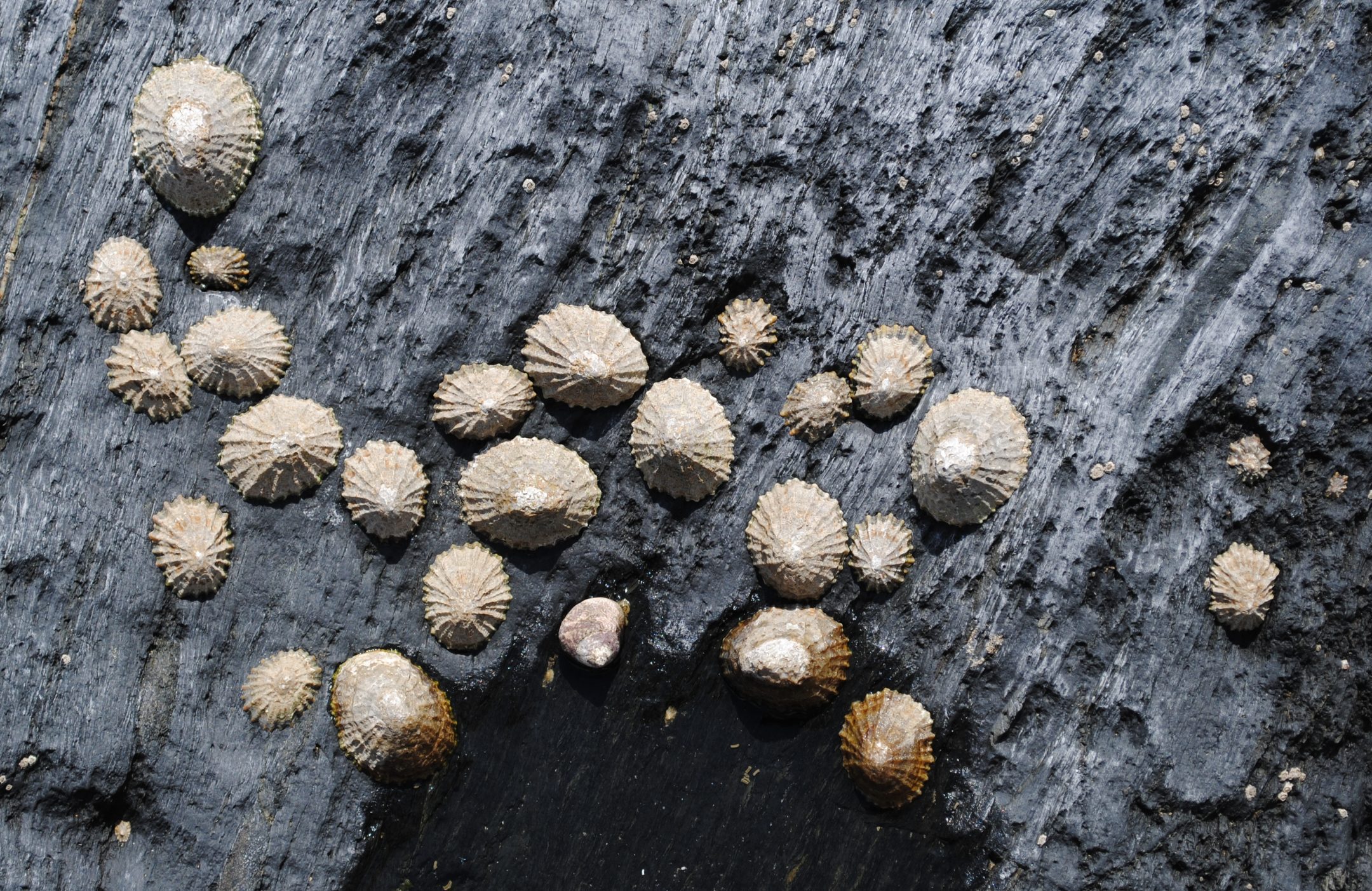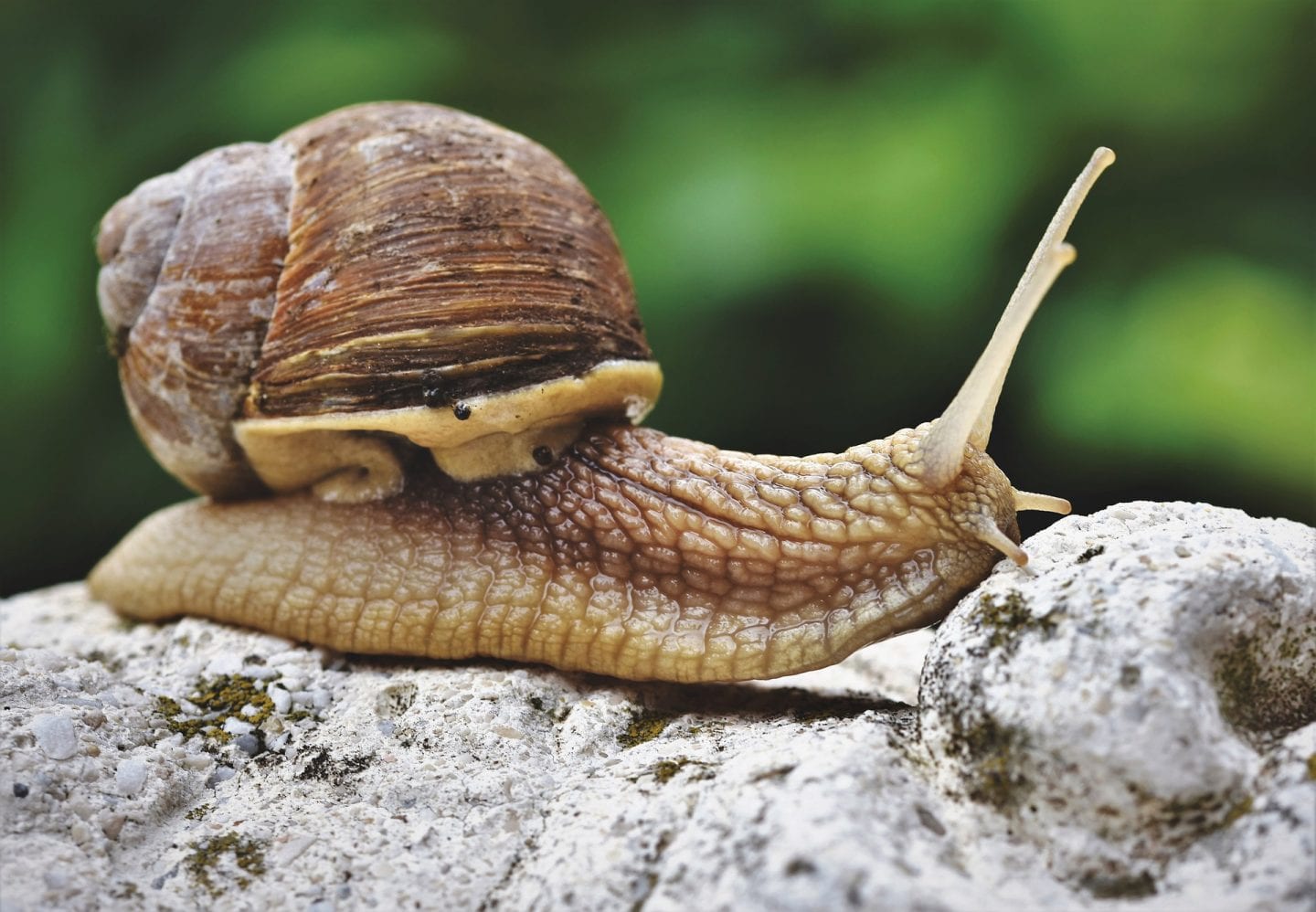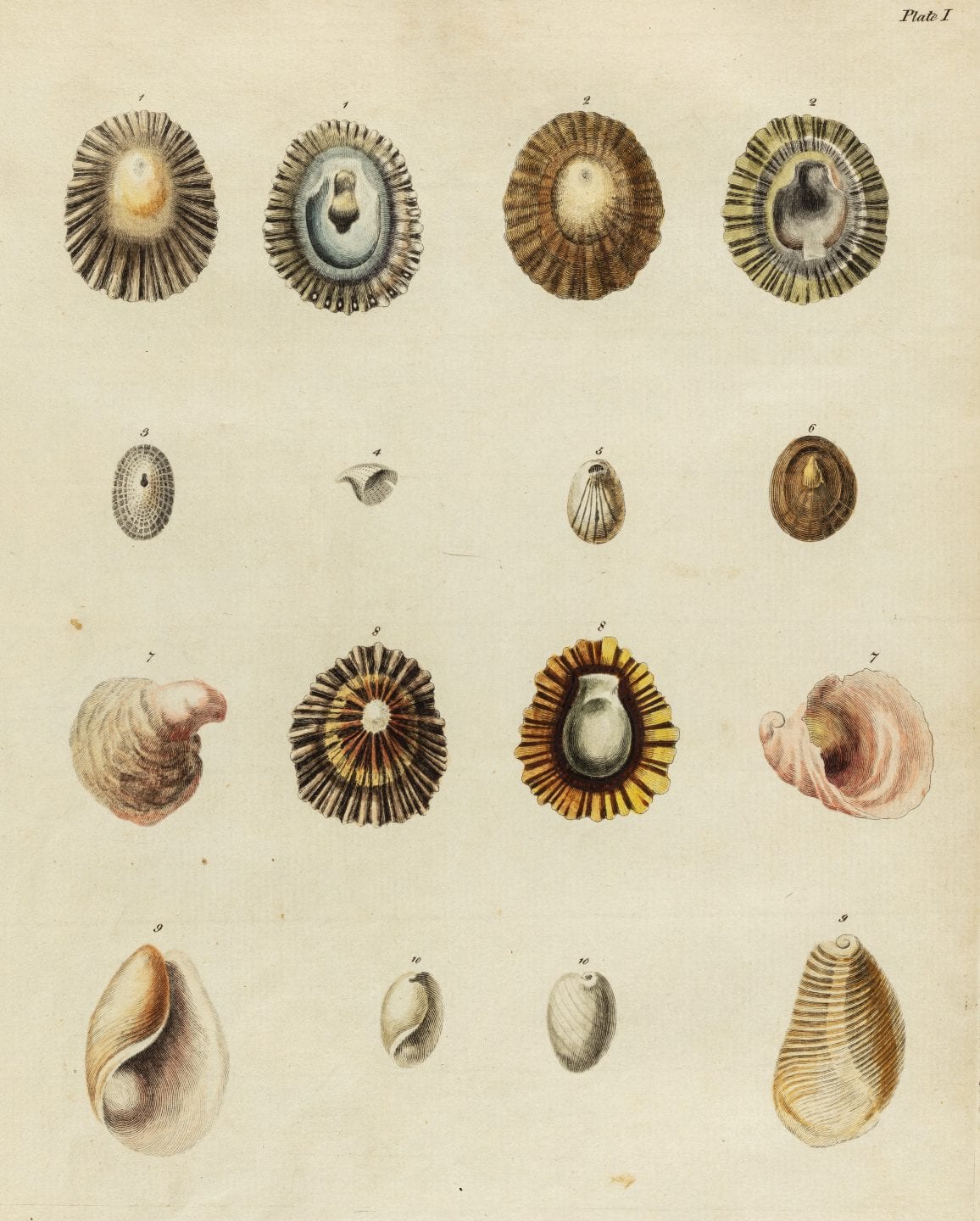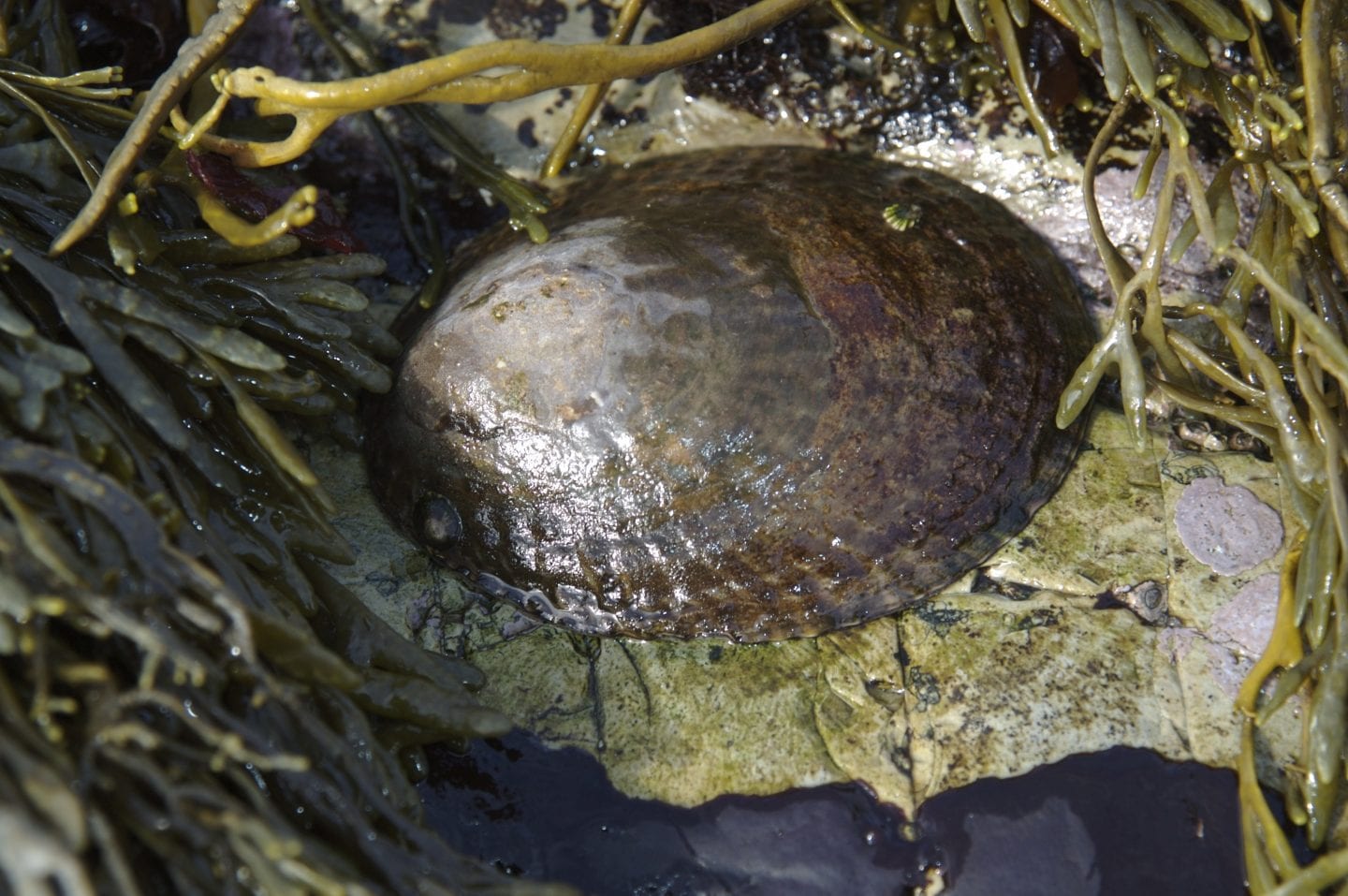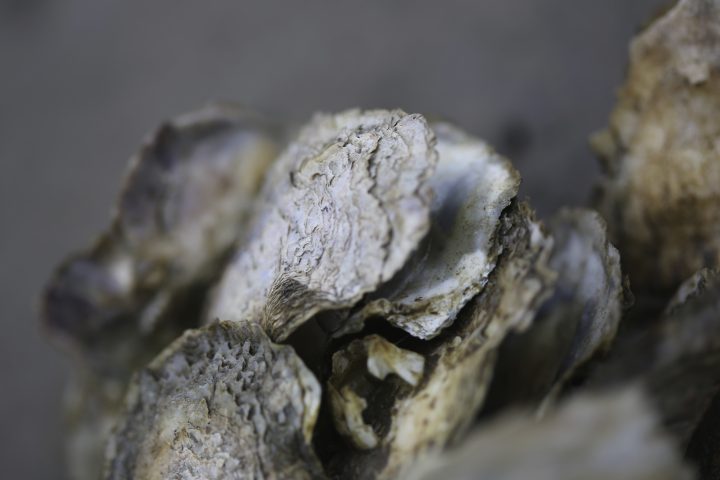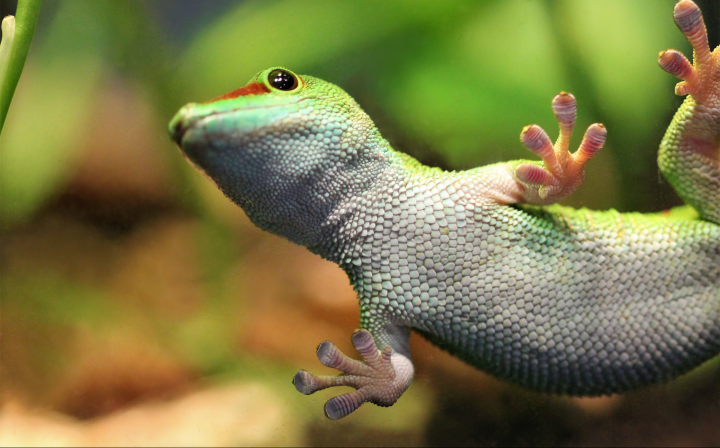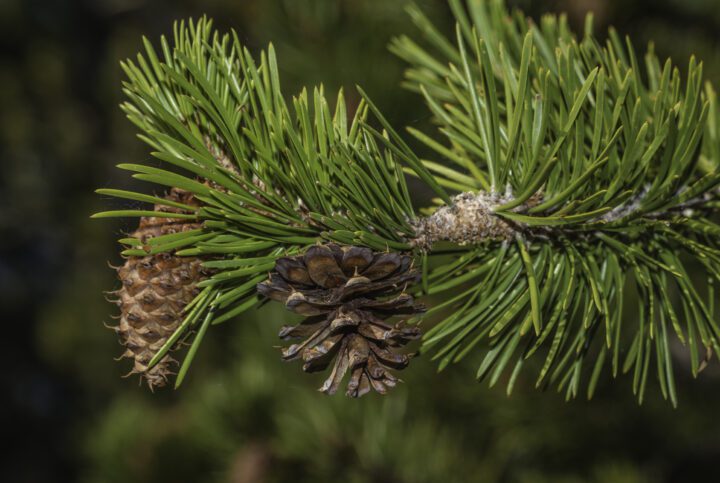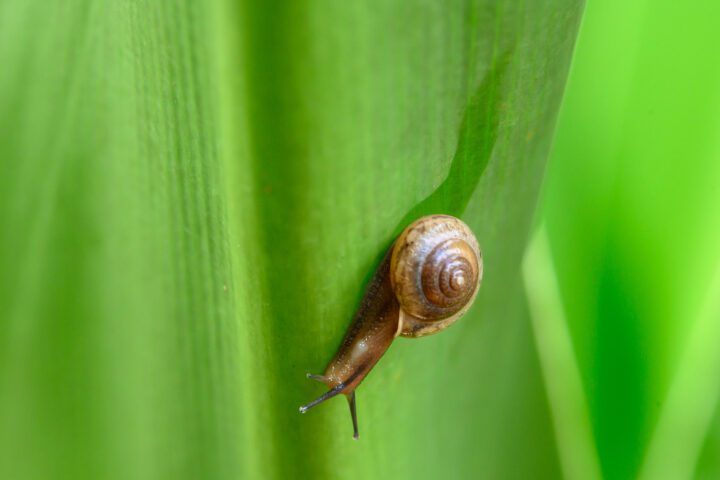The foot of a limpet varies how tightly it attaches to tidal zone surfaces by changing its mucus composition and muscle action.
Introduction
To stick or not to stick? That’s the dilemma a limpet (Lottia species in this case) faces every day as the tide rolls in and out across the tidal zones in which it lives.
If a limpet clings tightly with its single gel-coated foot to the rocks beneath, it can protect itself from being washed out to sea or tipped over and scooped out of its half-shell by predators such as birds and seals. But if it remains mobile, it can avoid other dangers and forage for food on its own.
The solution? Different kinds of stickiness for different situations.
The Strategy
Limpets are a group of single-shelled mollusks that can grow up to 4 inches (10 centimeters) long. They have a flat, flexible muscular surface on the bottom and a bowl-shaped shell on the top.
When a limpet is underwater nibbling bits of vegetation off rocks at high tide, it secretes a slime from the surface cells on its underside. That gel is 93% water with a variety of small proteins and a few carbohydrates mixed in. Together with muscle action that gently presses the foot against the surface and also propels it forward, the slime creates some stabilizing adhesion while allowing the limpet to slide slowly along the surface.
In some cases the limpet is so tightly bonded to the surface it sits on that efforts to dislodge it will separate the shell from the body before the foot lets go.
During low tide, however, the limpet’s focus shifts from feeding to hanging on for dear life in the face of waves and predators that threaten to demolish it.
The slime it secretes changes, too. It doubles the amount of and carbohydrates in the mix, stops producing one kind of protein, and adds another kind of protein nearly twice as heavy as the other. This low-tide mucus is far more sticky than the high-tide version. The limpet uses the muscles in its foot to press itself close to the surface so the new, gluelike slime can physically bond the two together. In fact, in some cases the limpet is so tightly bonded to the surface it sits on that efforts to dislodge it will separate the shell from the body before the foot lets go. This bonding strategy leaves less latitude for movement, but, because it relies on the physical forces provided by the slime rather than on muscle action, also takes less energy to sustain than the weaker, high-tide attachment strategy.
The Potential
Limpets’ exemplary ability to cling tightly to surfaces in the ocean’s intertidal zone offers inspiration for developing powerful adhesives that can withstand water, salt, and buffeting. In addition, their capacity for switching from “strong attachment” to “stuck, but mobile” over the course of a day—and then back again—could prove valuable for designing temporary adhesives, developing mobility strategies for underwater robots, constructing seafloor mining facilities, and more.
